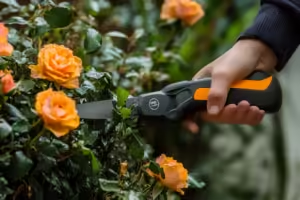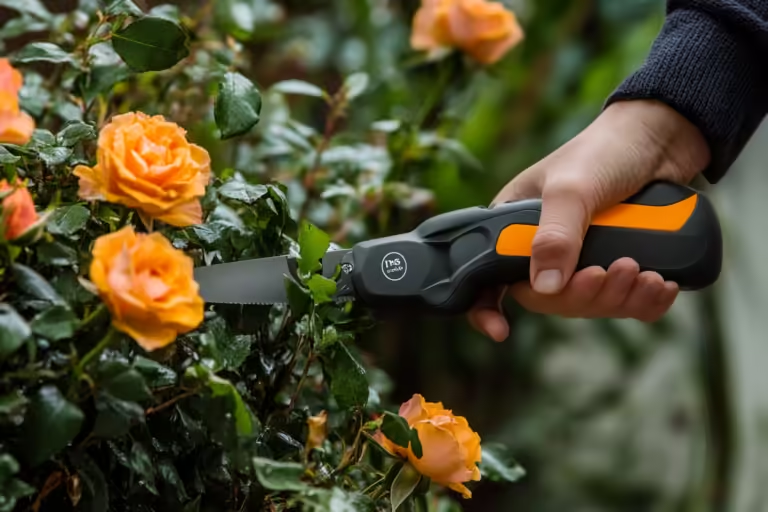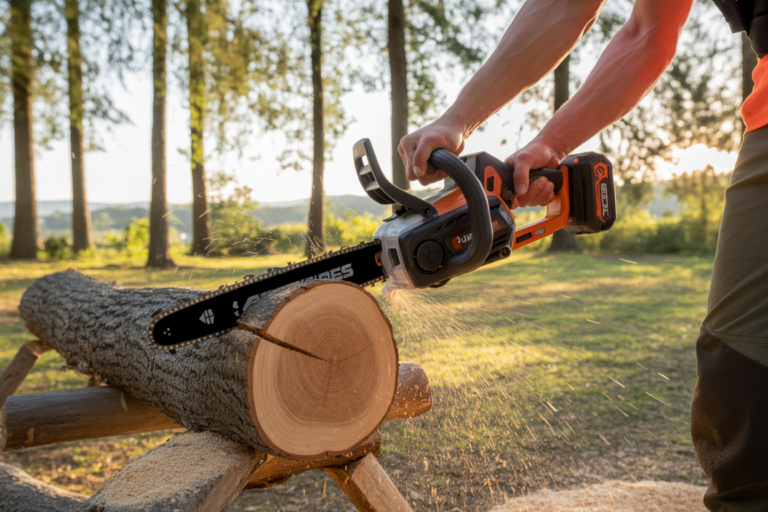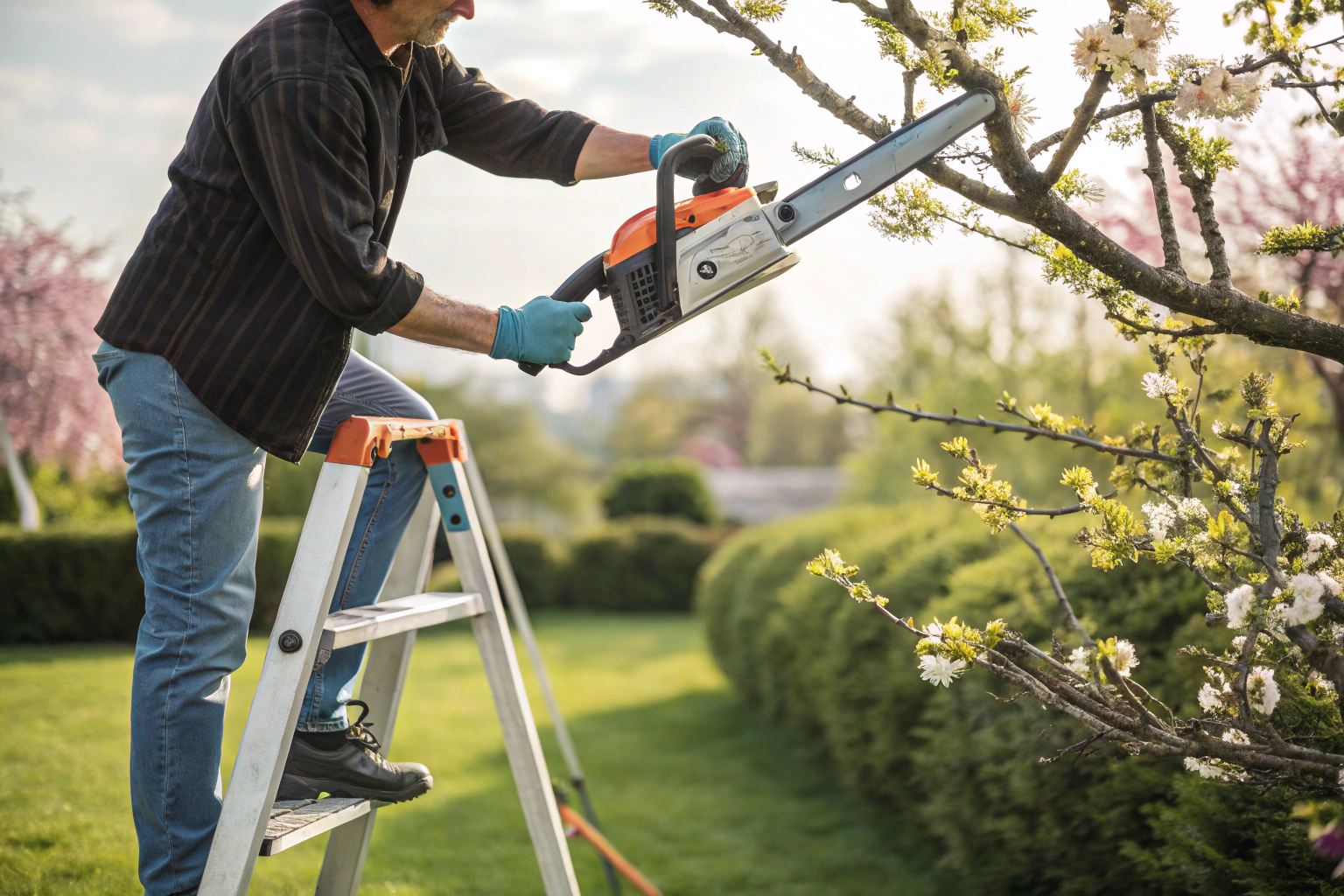
If you’ve ever battled through a thick log with an underpowered chainsaw, you know the frustration. You push, it struggles, and you're left wondering if a handsaw might be faster. The search for the most powerful [battery-operated chainsaw](The 9 Best Electric Chainsaws of 2025) isn’t just about speed—it’s about efficiency, reliability, and getting the job done without feeling like a workout.
The most powerful battery-operated chainsaws are typically 80V or higher, delivering cutting power comparable to gas chainsaws, with brands like Greenworks, EGO, and Husqvarna leading the pack.
I still remember the first time I tried a cordless chainsaw. I had my doubts—could it really match the performance of a gas saw? Then I squeezed the trigger, and within seconds, I knew. The right battery-powered chainsaw isn’t just a tool—it’s freedom from gas fumes, tangled cords, and endless maintenance. But choosing the best one? That’s where it gets tricky.
What is the best voltage for a battery operated chainsaw?
Battery voltage directly impacts performance. But bigger numbers aren’t always better.
For light pruning, 20V to 40V is enough. For heavy-duty work, 60V and above provides gas-like power.
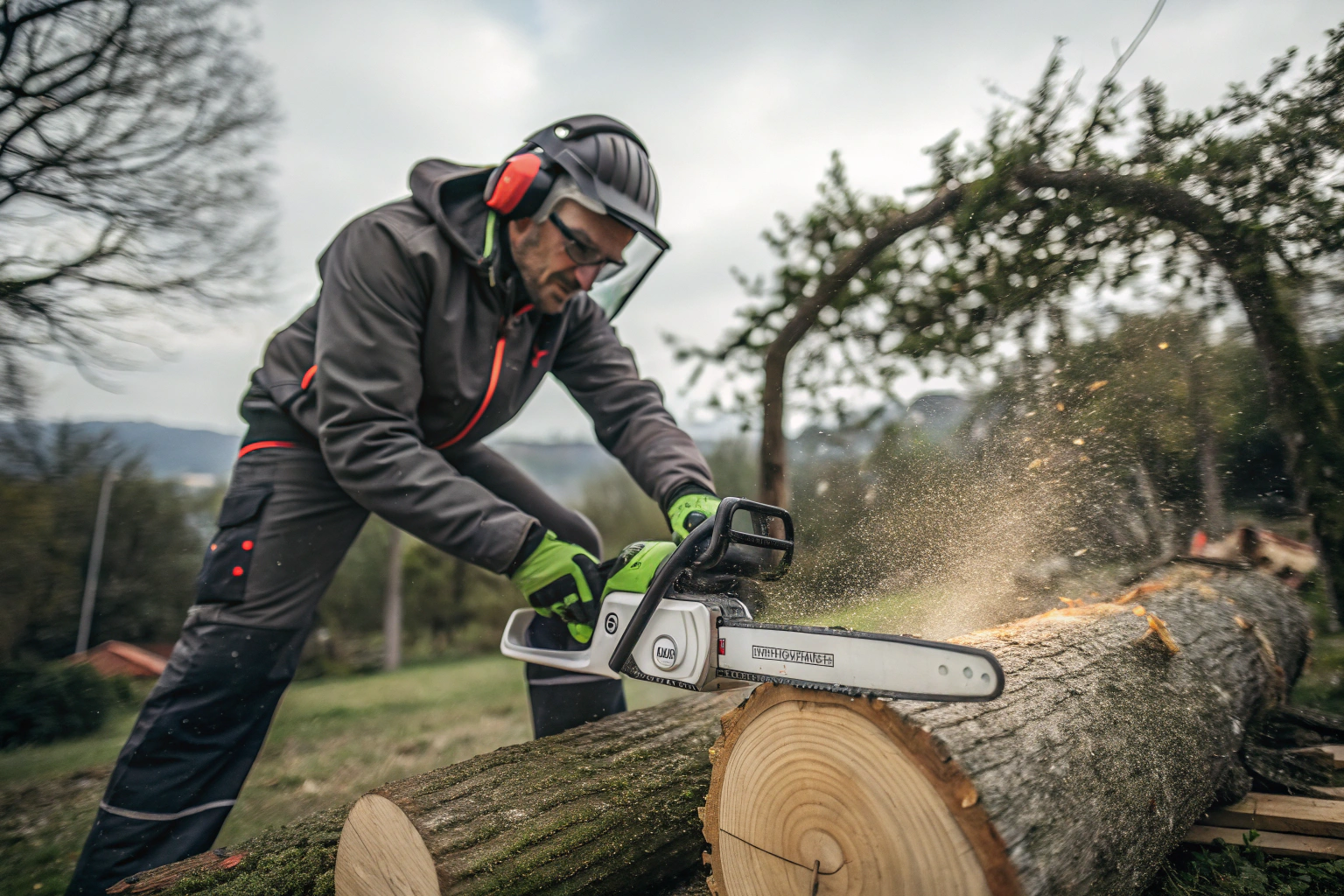
Why does voltage matter?
Voltage represents power potential. A higher voltage chainsaw draws more energy, translating to faster cutting speeds and the ability to tackle thicker wood. But more voltage also means a heavier tool and often a higher price tag.
| Voltage Range | Best For | Downsides |
|---|---|---|
| 20V-40V | Small branches, occasional cutting | Slower, not ideal for thick logs |
| 60V-80V | Medium to large trees, frequent use | Heavier, pricier |
| 80V+ | Professional logging, demanding jobs | Expensive, requires large batteries |
Should you always go for the highest voltage?
Not necessarily. If you’re just trimming branches or cutting small logs, a 20V saw is lighter, easier to handle, and gets the job done. But if you’re felling trees or cutting firewood regularly, 40V+ will save you time and effort.
What is the difference between a 20V and 40V chainsaw?
Voltage isn't just a number—it's a game changer.
A 40V chainsaw offers more power, longer battery life, and faster cutting speed than a 20V model, making it a better choice for anything beyond light pruning.
Real-world performance comparison
Let’s break it down with a real example. Imagine you're cutting a 6-inch thick log.
- A 20V chainsaw might take 20-25 seconds per cut and struggle if the wood is dense.
- A 40V chainsaw could slice through in 10-15 seconds, with noticeably less effort.
Battery life & weight differences
- 20V chainsaws are lightweight and portable, great for quick jobs but may require frequent recharging.
- 40V chainsaws have longer runtime and can handle larger jobs without overheating.
| Feature | 20V Chainsaw | 40V Chainsaw |
|---|---|---|
| Power | Low to moderate | Moderate to high |
| Battery Life | Shorter | Longer |
| Weight | Lightweight | Slightly heavier |
| Best Use | Small branches, casual use | Firewood, thicker logs |
When should you pick one over the other?
- Choose 20V if you just need a quick trim here and there.
- Choose 40V if you want a more powerful tool for regular cutting.
Conclusion
The most powerful battery-operated chainsaws pack 80V+ for professional-grade cutting, but for most users, 40V to 60V offers the best mix of power and convenience.


